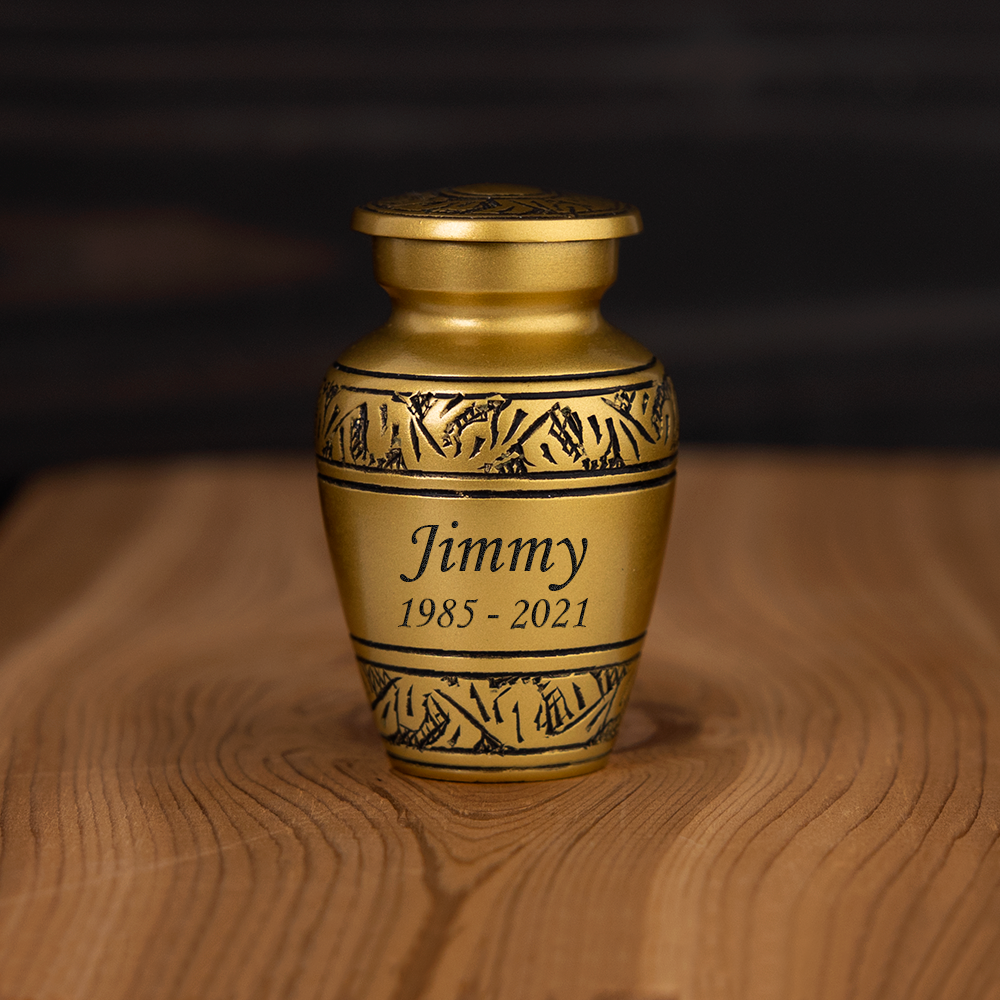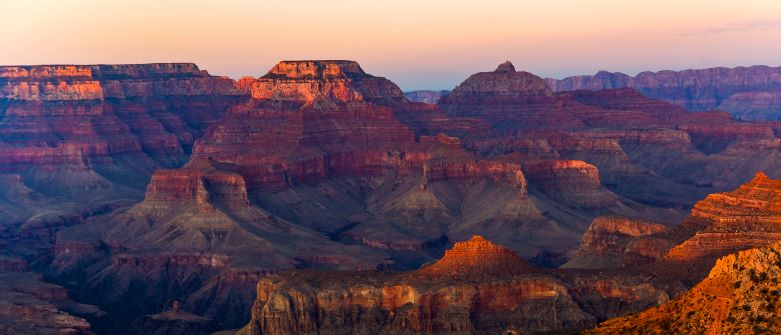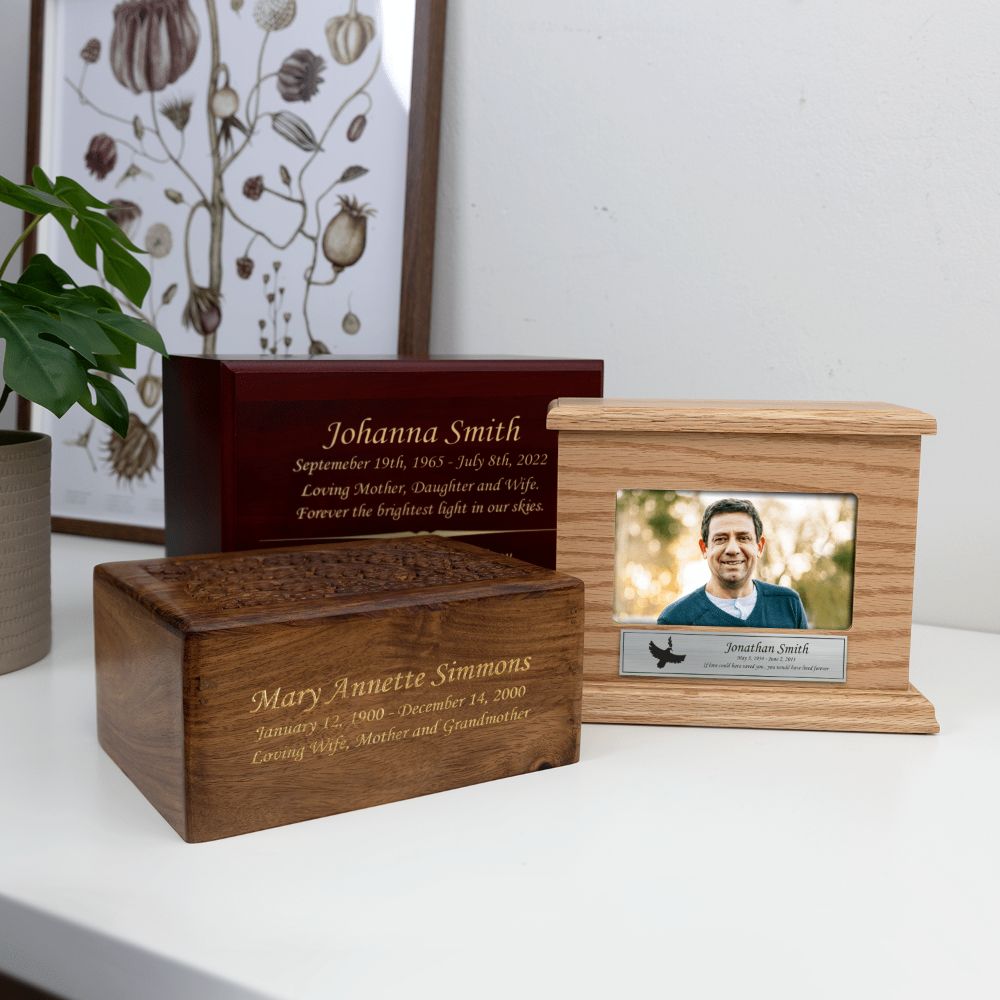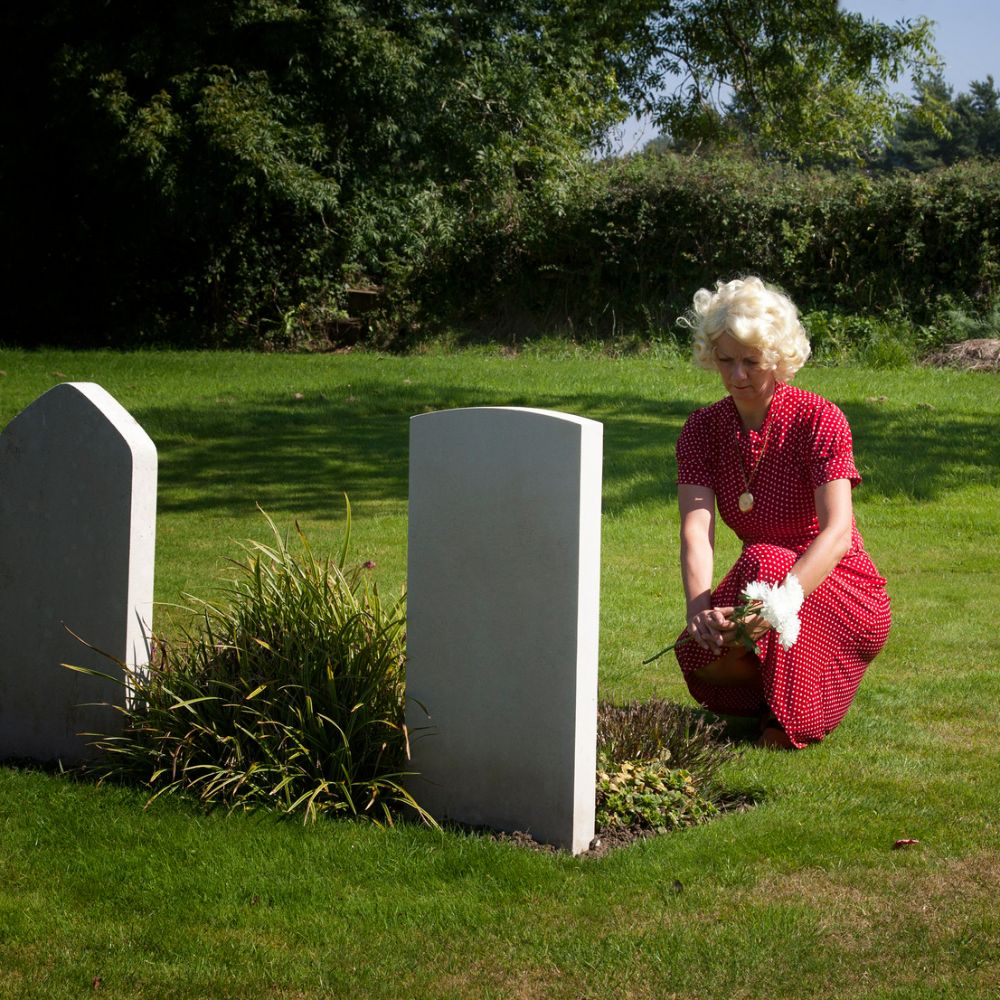All Articles & Guides / Cremation / Options for Burying Ashes After Cremation
Options for Burying Ashes After Cremation
After a loved one is cremated, many people are unsure of what to do with the ashes – or cremains, as they are also known. Some families choose to keep the cremains in an urn in their home, while others scatter the ashes in a favorite or meaningful place.Burying ashes in a cemetery or other location is also a very common choice.
There are costs and other factors associated with interred ashes, however, so it's important to make an informed decision. Make sure that you consider the following questions:
- If you belong to a specific religious denomination, are there guidelines for burying ashes?
- Do you want to bury the ashes in a location that family members can easily visit?
- Will you bury the urn or only the cremains? Is it wrong to separate cremated ashes?
- If you bury the urn, does it need to be able to break down or hold its shape? Does it need to be biodegradable?
- Will you need to pay for the plot where you bury the cremains?
- Do you want the ashes interred in the same plot as another family member? Can you bury an urn on top of a casket? Can ashes be buried in an existing grave?
- If you'll be burying ashes away from home, how will you travel to the location with the urn?

Cremation and Religion
If you or the deceased belonged to a specific religious denomination, you may want to speak to a religious leader about how to handle the cremains. Cremation is required in several religions, including Hinduism, Sikhism, and Buddhism, while burial is required in Islam, Orthodox Judaism, and the Eastern Orthodox Church. For other religions, one or the other disposition method may be preferred.
In the Roman Catholic Church, for example, cremation is permitted although burial is preferred. If a member of the Catholic faith is cremated, the burial of ashes in a consecrated cemetery, mausoleum, or columbarium is required. Burial at sea, outside of a cemetery, keeping the cremains at home, or scattering the ashes is not acceptable.
Cemetery Burial
A cemetery provides a permanent location that anyone can visit, is typically well cared for and maintained, and may offer additional benefits, such as Memorial Day services for veterans buried there. If you inter ashes in a cemetery, however, you'll need to pay for a plot in which the urn can be buried, and you may be required to purchase a burial urn or urn vault to prevent to ground over the urn from sinking.
Burying Ashes on Private Land
If you want to bury the cremains on private land, you'll need to ask permission from the property owner first. That's no problem if you own the property, but it may be more difficult to get permission from another individual. This is especially true for property owned by a corporation or other business group; it's unlikely that you'll get permission for the burial of ashes on the land around the stadium of your loved one's favorite sports team, for example. If you are denied permission, you should not try to bury or scatter the ashes anyway. Not only is this considered trespassing, any ashes that are discovered are likely to be removed.
Interring Ashes in a Park or Wilderness Area
It is legal to scatter ashes inside national parks in the United States, with some exceptions. The burial of urns is typically not allowed, as this could cause damage or a disturbance to the park's resources. You can remove the ashes from the urn and mix them into the soil, however, or dig a small trench in which to bury the ashes.
If you choose to scatter ashes in a U.S. national park, there are guidelines you must follow. Burying ashes in a local or state park may be permitted in some areas but not in others. Check with your local municipal government to find out who regulates park use and if there are specific guidelines for scattering or interring ashes there.
Burial at Sea
According to EPA guidelines, you need to travel at least 3 nautical miles from the low water line and use an urn that is biodegradable and will break down in the water relatively quickly. Ocean waters within that 3-mile limit are governed by individual states, so you'll need to learn your local laws if you would like to bury the cremains closer to shore. Read more about our tips for planning burials at sea.

Transporting the Ashes
Wherever you're planning burying ashes, you'll need to have a safe way of transporting them there. If you've purchased a cremation urn, make sure that it seals securely, and/or the ashes are in a sealed bag inside the urn. When traveling by air, be aware that the urn will need to pass through a metal detector. Cremated remains can legally be mailed only via the U.S. Postal Service.
Choosing a Burial Urn
Once you've chosen your location and determined that you want to bury the cremation urn, you need to find out what type of urn is appropriate. Burial in a cemetery typically requires either an urn vault or an urn burial container. It's important for the appearance of the cemetery for there to be a solid container to hold the interred ashes; otherwise, the ground over the urn could collapse, leaving an unattractive depression in the soil. Purchasing a vault or burial container will add to the cost of the burial.
If you are planning on burying ashes on your own property or in another location where it is permitted, you may want to choose a biodegradable urn instead. These cremation urns are specifically made to break down in the soil over time, releasing the ashes to mix with the ground. There are even some urn burial gardens that require the use of biodegradable urns, and you will also need this type of urn if you're planning on a burial at sea.
Urns that will be interred in a mausoleum or columbarium must be of the correct size and shape to fit in the space. Columbaria have individual niches where urns can be placed, so you'll need to know the correct dimensions.

Burying Ashes in a Cemetery
Ashes interred in a cemetery will require a burial plot. Depending on the cemetery you choose, you may have several options for burial, including a full plot, an urn garden plot, or having the ashes buried in the same plot as an existing grave. Not every cemetery has an urn garden, but it may be possible to have several urns buried within one traditional single plot. If you want to have the urn buried with another casket, it may be necessary to have purchased a "double depth" plot in which the first casket is buried deeply, leaving space above it for the second burial.
Keep in mind that, however the urn is buried, there will be costs involved. How much it costs to bury cremated ashes depends largely on the cemetery and prices can vary depending on the method, location, and involvement.
Related Content





